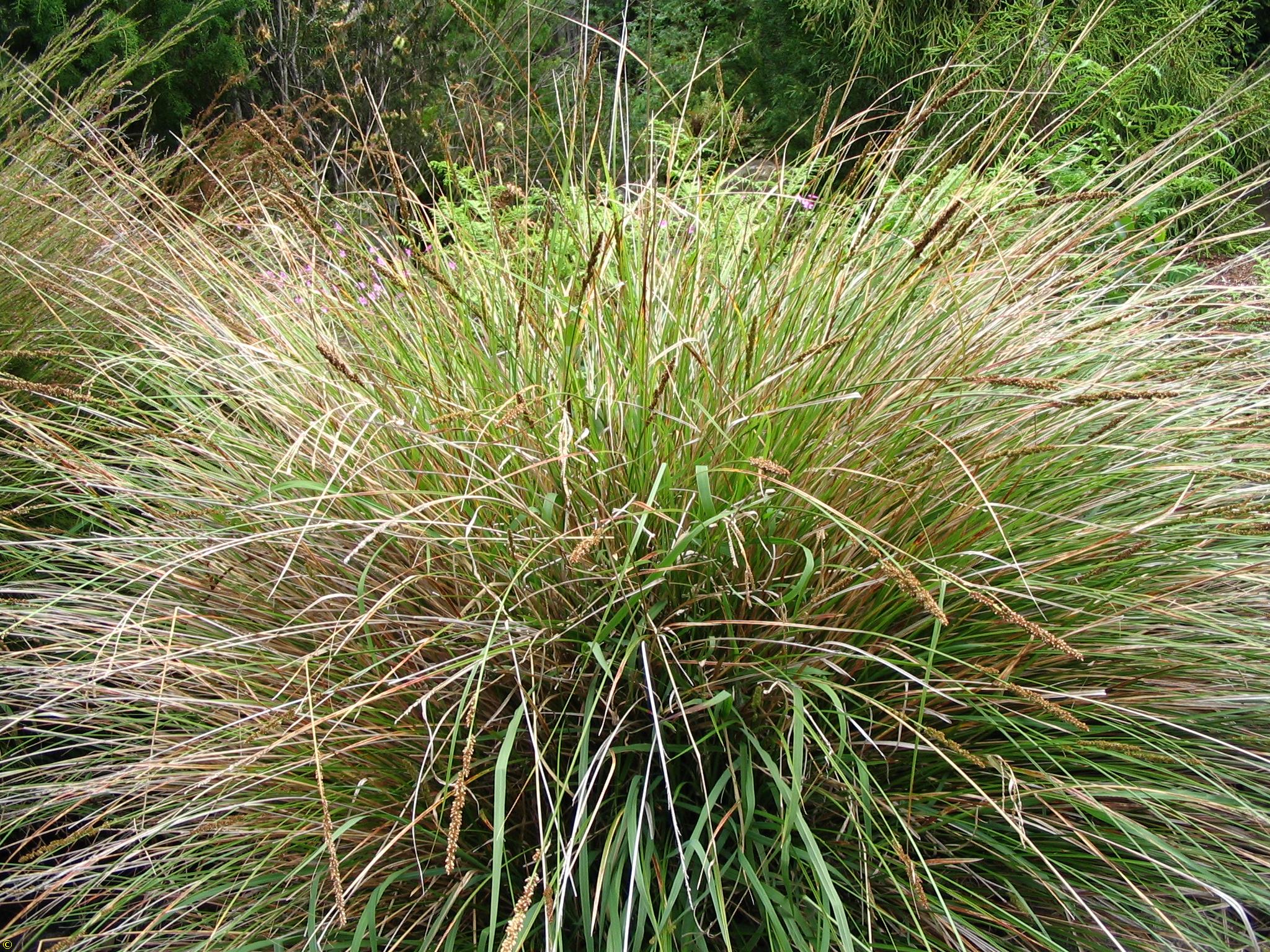Scientific Name: Carex appressa
Common Name: tall sedge
Family Classification (Clade): Monocots
Family: Cyperaceae
Form Description: Densely tufted, perennial sedge.
Flowers: Brown cylindrical spike up to 30cm long or sometimes dense up to 150cm long.
Fruit: Nut – biconvex; golden brown when ripe.
Municipality
Plant Communities
Habitat Notes
Widespread and frequent in wet sclerophyll forest, ditches and wet places throughout the State.
Site Tolerance
Exposed, Moist, Waterlogged
Soil Tolerance
Poorly-drained
Frost Tolerance
Hardy
General Notes
Valuable in preventing creek bank erosion (at the bank/water interface) as the fibrous roots stabilise the soil. Also slows water flow in drainage lines. Frog habitat: provides protection for frogs and habitat for various insects. Koori (mainland) use: leaves were used for weaving baskets and similar implements.
Propagation Calendar
-
Flowering Month
Jan Feb Mar Apr May Jun Jul Aug Sep Oct Nov Dec -
Seed Collecting Month
Jan Feb Mar Apr May Jun Jul Aug Sep Oct Nov Dec -
Sowing Month
Jan Feb Mar Apr May Jun Jul Aug Sep Oct Nov Dec -
Cutting Month
Jan Feb Mar Apr May Jun Jul Aug Sep Oct Nov Dec
Propagation Method
Seed Information
Seed Collection
Dry and rub the seed heads to extract seed.
Seed Treatment Method
Bog Method The seeds of many wetland species need to be kept wet to germinate. Punch a hole in the side of a recycled polyfoam box so that it holds water to the required depth. Sit the tubes in the box to germinate. Once germinated, punch holes in the bottom of the box to allow drainage.
Seed Treatment Notes
Stand seed tray in a container of water to keep the seed moist.
Germination Time
2 weeks – 80 days
Cutting & Division Information
Propagate by division of rhizomes.
